Species Photo Gallery for Amblysellus curtisii No Common Name |
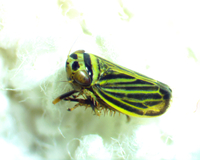 | Photo by: Ken Kneidel
Mecklenburg Co.
Comment: 3.3 mm female, sweep through grassy area at forest edge |  | Photo by: Ken Kneidel
Mecklenburg Co.
Comment: 3.3 mm female, sweep through grassy area at forest edge |
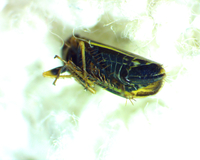 | Photo by: Ken Kneidel
Mecklenburg Co.
Comment: 3.3 mm female, sweep through grassy area at forest edge | 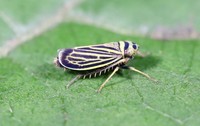 | Photo by: Rob Van Epps
Mecklenburg Co.
Comment: Caught sweeping. Grassy area near hardwoods. |
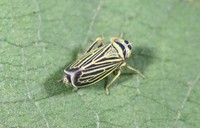 | Photo by: Rob Van Epps
Mecklenburg Co.
Comment: Caught sweeping. Grassy area near hardwoods. | 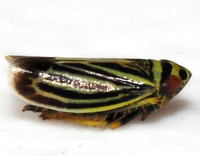 | Photo by: Kyle Kittelberger, Brian Bockhahn, Paul Scharf
Watauga Co.
Comment: brushy, grassy vegetation surrounded by forest; individual with red eyes |
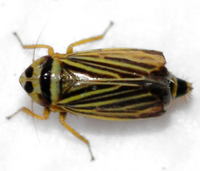 | Photo by: Kyle Kittelberger, Brian Bockhahn, Paul Scharf
Avery Co.
Comment: grassy, open area with shrubby vegetation and mixed forest nearby |  | Photo by: Kyle Kittelberger, Brian Bockhahn, Paul Scharf
Avery Co.
Comment: grassy, open area with shrubby vegetation and mixed forest nearby |
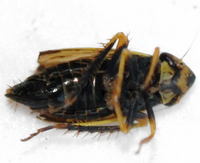 | Photo by: Kyle Kittelberger, Brian Bockhahn, Paul Scharf
Avery Co.
Comment: grassy, open area with shrubby vegetation and mixed forest nearby | 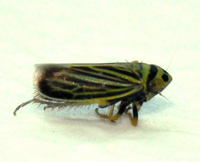 | Photo by: Kyle Kittelberger
Wake Co.
Comment: lawn |
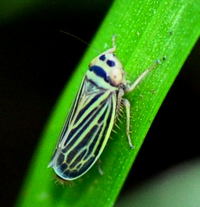 | Photo by: Kyle Kittelberger
Wake Co.
Comment: found in our lawn, amid a mixed hardwood forest habitat; very common in the grass |

 »
»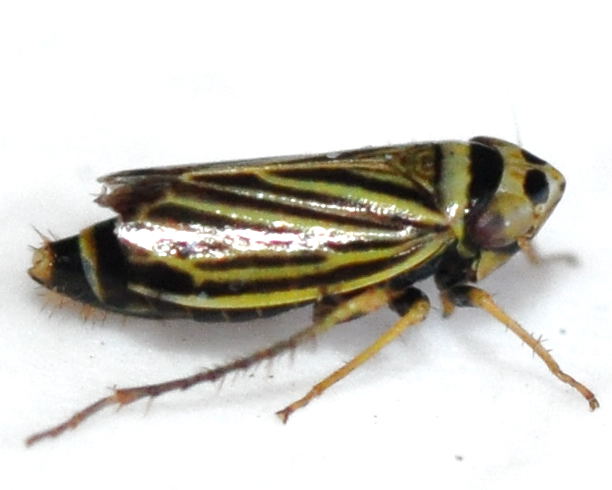
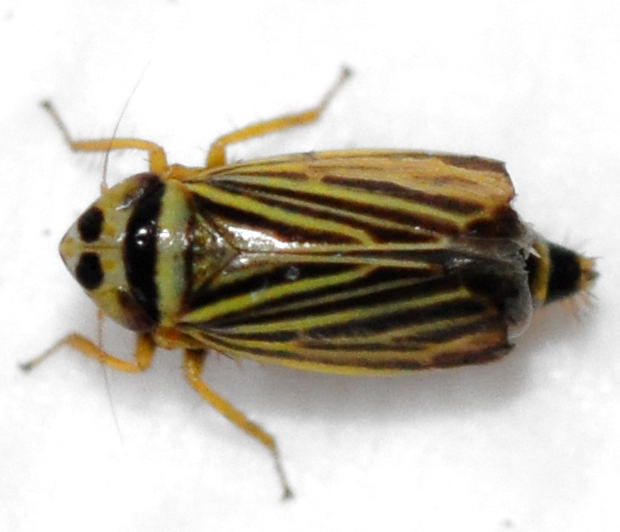

 »
»
